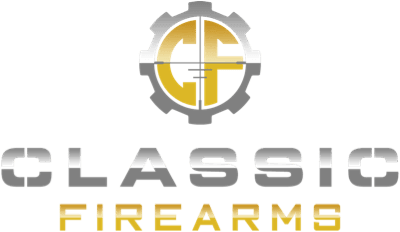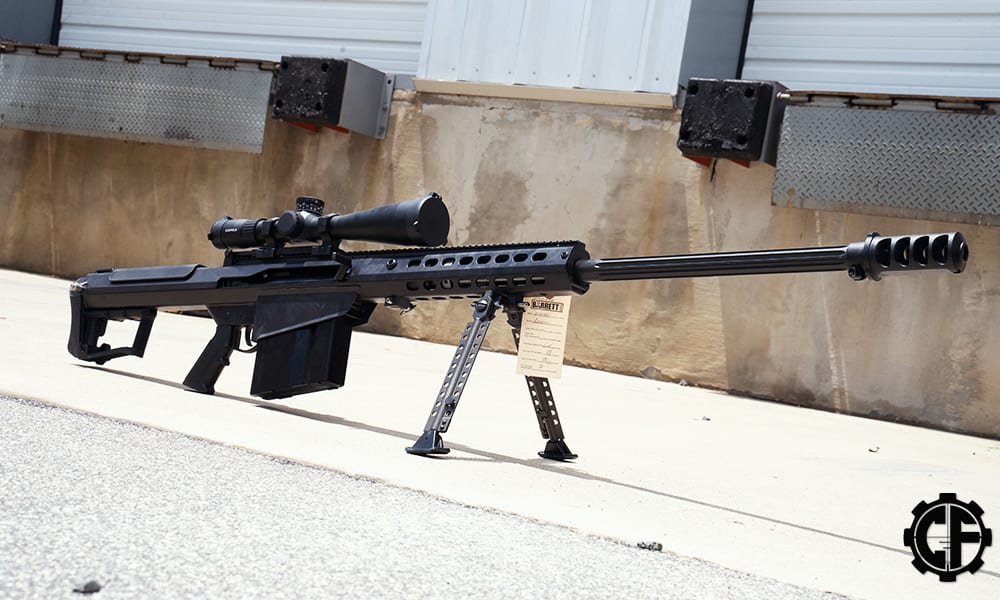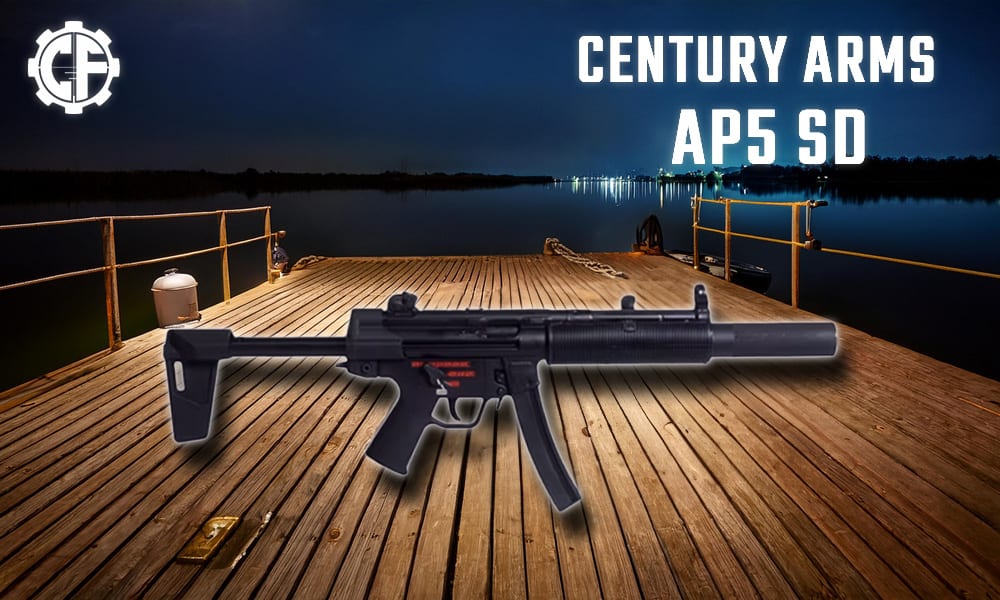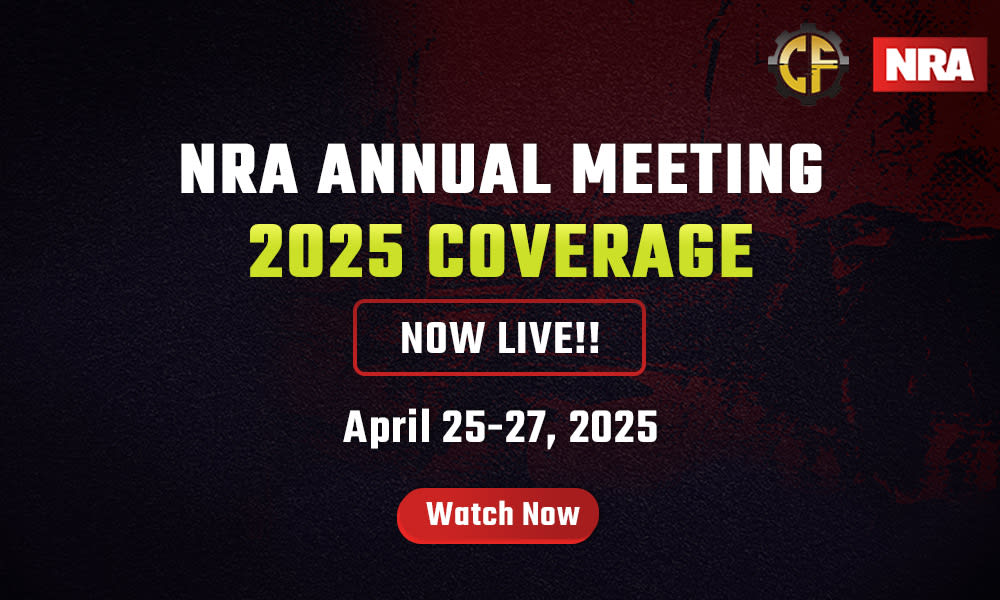When it comes to firearms operating systems, some are very complex while others are quite simple. Semi-automatic firearms use many different mechanisms for cycling the action, which is the mechanism that moves ammunition through a firearm. Blowback operated firearms are among the most straightforward in terms of complexity. Join us while we break down what blowback firearms are and how they work. What is an Unlocked Breech? Blowback firearms feature an unlocked breech. You might ask, what is a breech? The breech is the rear of the barrel that opens into the chamber. When the bolt or slide (the part that reciprocates to feed ammunition
through a firearm) moves into its most forward position, it's called in battery. Unlocked breech bolts/slides do not lock to the barrel at the time of firing. This last detail is essential to remember as we go over how blowback-operated firearms function. 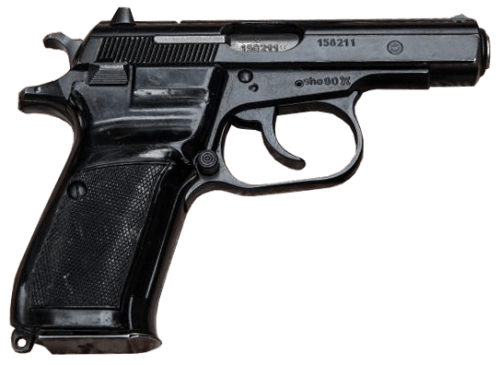
The CZ82 in 9x18 Makarov is blowback-operated with an unlocked breech.
How do Blowback-Operated Firearms Work? Like all semi-automatic firearms, blowback firearms use forces created by burning gunpowder to cycle the action. When one fires a blowback-operated firearm, this gas pushes the bullet down the barrel. As the bullet moves forward, the bolt wants to open under gas pressure and move backward. As the name implies, the bolt blows back under the pressure of the fired round. Blowback firearm bolts are heavy, and a stiff recoil spring presses against them. However, the combination of a heavy bolt and stiff recoil spring causes the bolt to open slower because heavy objects are harder to push. After the pressure drops to a safe level, the bolt moves backward, extracting/ejecting the case. Once the case ejects, the cycle is ready to start again. What are the Advantages of Blowback Operation? Since blowback-operated firearms lack a mechanical lock between the bolt and barrel, they are much simpler to design and cheaper to build. Gas or recoil-operated firearms require a more complex system to lock and unlock the bolt, and that comes at the expense of additional engineering. Blowback firearms are also quite reliable because of the forcefulness of their ammunition feeding and extraction keeps them working consistently. Another big plus of blowback firearms is that they can cycle weaker kinds of ammunition (regardless of the pressure required to cycle) since they already operate at higher pressure. 
The Hi-Point YC9 9mm pistol is an economical blowback-operated handgun.
What are the Challenges of Blowback Operation? After going over the positive characteristics of the blowback operating system, one might think it's the best option. However, no mechanical concept is perfect, and blowback also has a few challenges. As we discussed earlier, blowback firearms do not have a mechanically locked breech. Because of the lack of a locked breech, blowback firearms usually chamber lower pressure cartridges like rimfire
and pistol rounds
. Blowback operated firearms usually have more recoil than similarly chambered locked breech firearms. The additional felt recoil occurs from the heavy bolt reciprocating back and forth. Naturally, since the bolts in blowback firearms weigh more, these firearms are usually heavier than their locked breech counterparts. Notable Blowback-Operated Firearms Several notable firearms using smaller, lower-powered cartridges incorporate the blowback operating system. The Walther PPK pistol of James Bond fame chambers either .32 ACP
or .380 ACP
. Similar to the compact PPK, the Russian Makarov pistol chambers the 9x18 Makarov cartridge. 9x18 Makarov
is slightly more potent than .380 ACP; however, its pressure is low enough to be safe in a blowback-operated pistol. 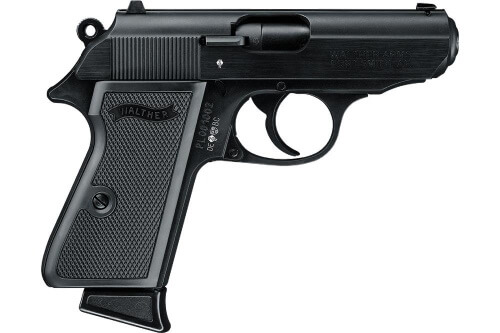
The Walther PPK/S is a modern version of the classic PPK pistol. Where older PPKs were chambered in .380 ACP or .32 ACP, this PPK/S is in .22 LR.
Many Americans grew up shooting rimfire blowback firearms from Ruger in .22 LR. Their 10/22 rifle is a favorite among small game hunters and recreational shooters alike. Ruger also designed a .22 LR
target pistol named the Mark IV. Blowback operation is perfectly safe and acceptable for the low pressure of .22 LR. Both blowback firearms are popular with folks that love shooting inexpensive ammunition like .22 LR. 
A classic Ruger 10/22 .22 LR blowback-operated rifle
Most historical and current submachine-guns feature blowback operation. Submachine-guns are full-auto firearms chambered in pistol cartridges. The blowback operating system lends itself to submachine-guns because of its simplicity. Blowback operation allows for high volume manufacturing at an economical cost. While full auto submachine-guns are challenging to acquire on the civilian market, many pistol-caliber carbines and braced pistols feature blowback operation. 
The 9mm CZ Scorpion Evo 3 S1 is a blowback-operated braced pistol.
Conclusion Blowback operation offers a simple yet economical means of producing some semi-automatic firearms. It is a popular operating system for rimfire and some pistol caliber firearms. While blowback does not work in all situations, it provides a reliable operating system for some of the most popular firearms and calibers. Explore our vast array of semi-automatic long guns
and handguns
.
Blowback Operation Explained
When it comes to firearms operating systems, some are very complex while others are quite simple. Semi-automatic firearms use many different mechanisms for cycling the action, which is the mechanism that moves ammunition through a firearm.
